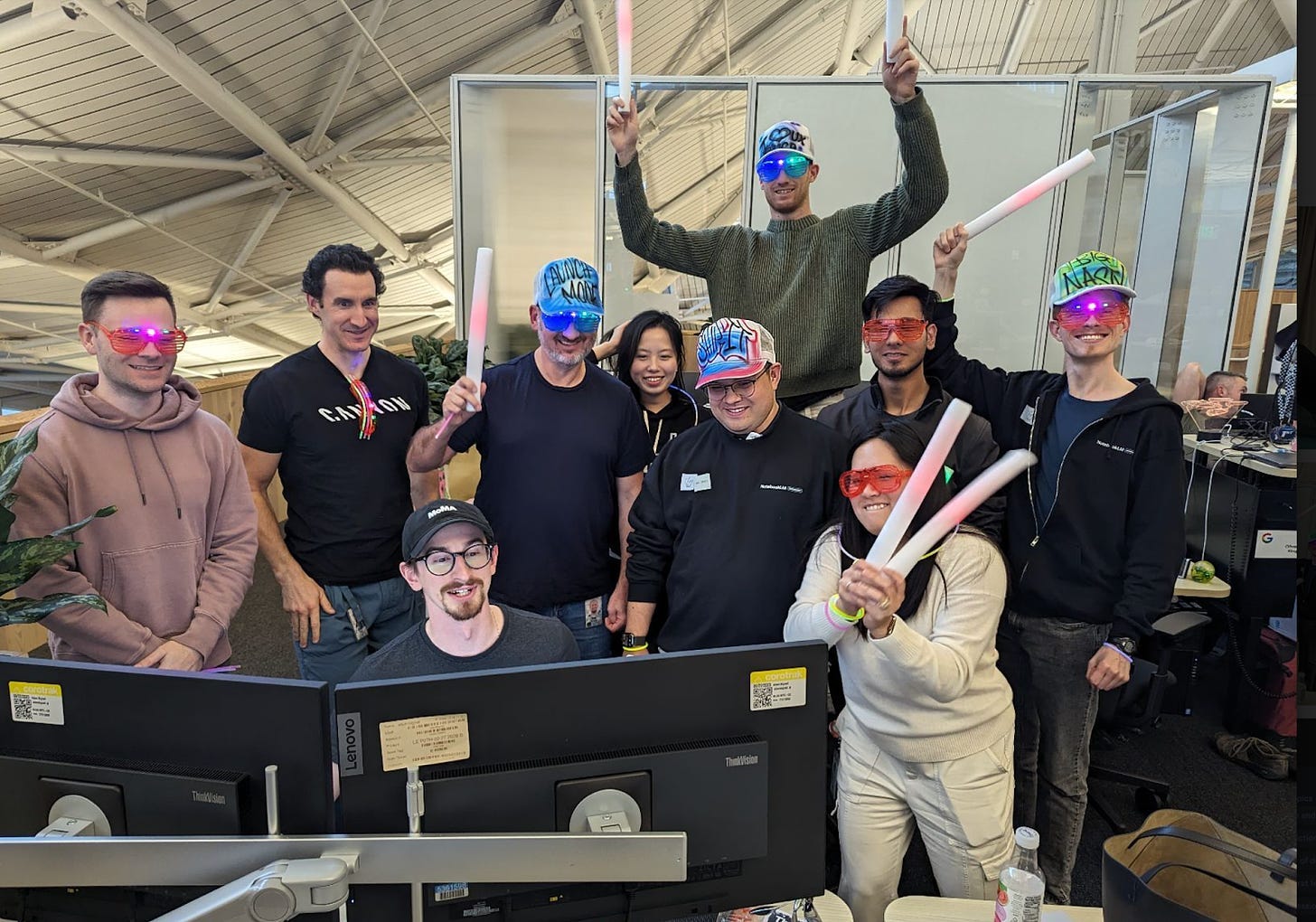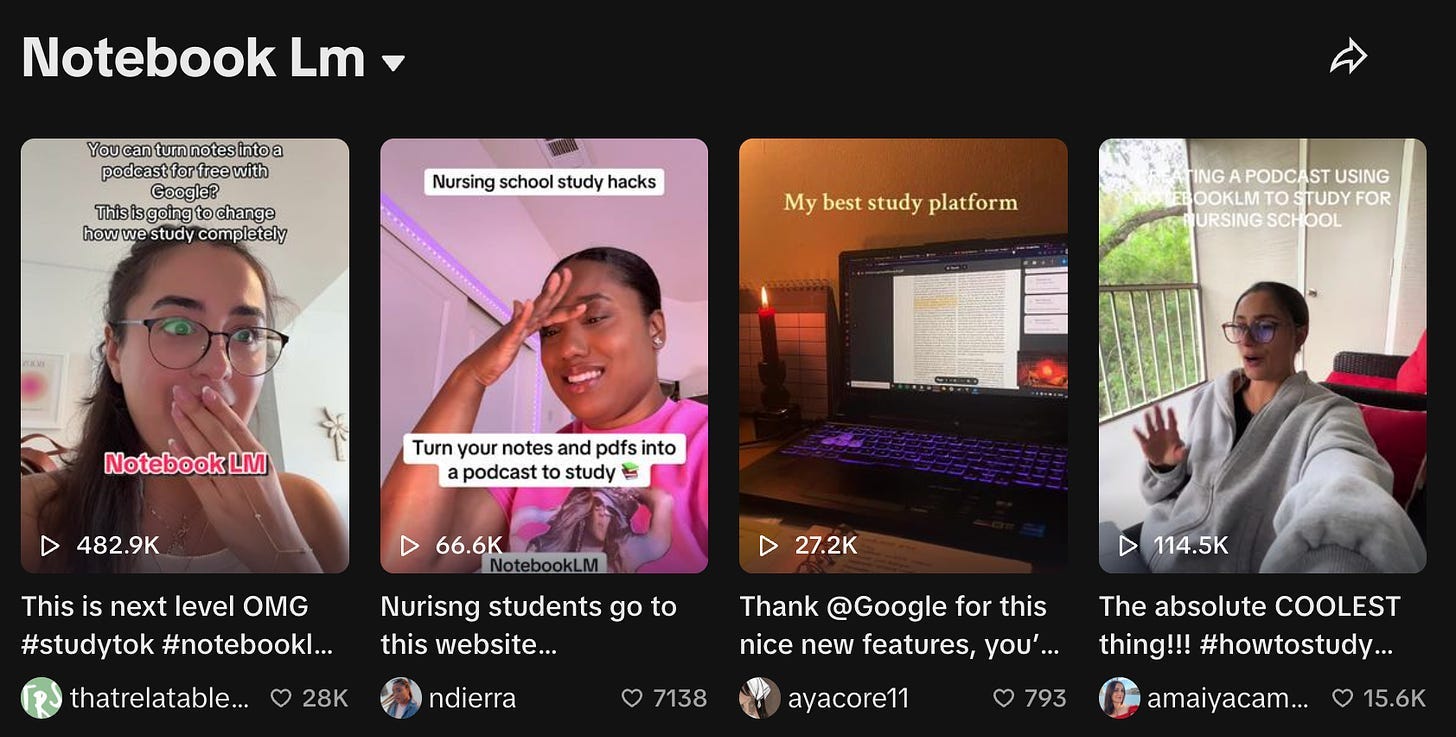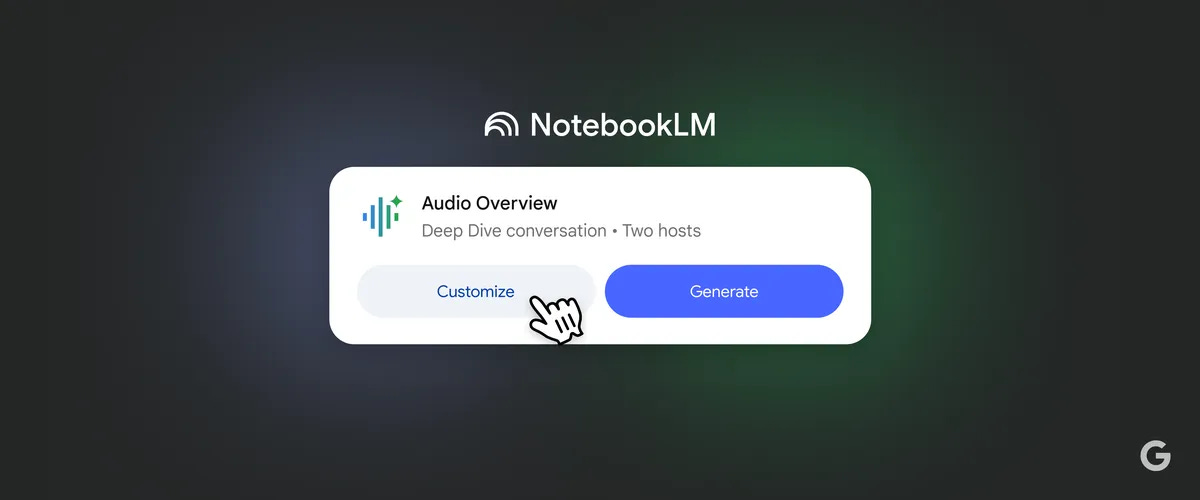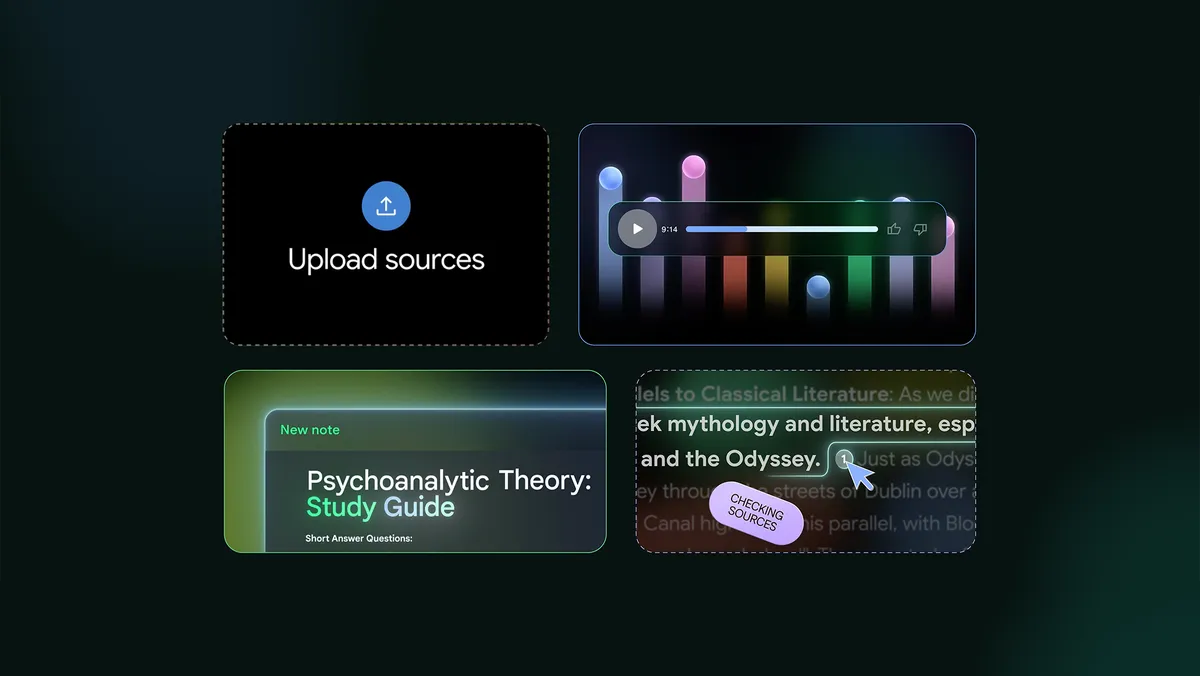NotebookLM: How Small Teams Can Achieve Outsized Results inside Big Tech
The inside story of NotebookLM's success, 6 lessons for small teams inside big tech, and 7 ways to get the most out of the product
Dear subscribers,
Today, I want to talk about how small teams can achieve outsized results.
“We need more headcount” is a common ask, but I believe that the best products are built by small, empowered teams — no matter how big the company is.
A tiny team at Google recently proved this with NotebookLM — a tool that lets you turn any text into a lifelike podcast between two AI hosts. I got in touch with Raiza (NotebookLM’s PM) to get the inside scoop on how they pulled it off.
So let’s break down:
The inside story of NotebookLM’s breakout success
Six lessons to achieve outsized impact as a small team in big tech
Seven ways to get the most out of NotebookLM
Of course, I also had to use NotebookLM to generate an audio podcast of this post that you can listen to via voiceover. Let’s dive in.
This post is brought to you by…Satish and Crossing Career Chasms
If you’re overwhelmed by work and meetings, Satish (Meta PM veteran and top instructor) has created a playbook to help you scale yourself as a product leader. It’s 100% free and covers the same tactics that Satish taught 100s of Meta PMs on prioritizing your time and effectively leveraging your team.
The inside story of NotebookLM’s breakout success
NotebookLM is part of Google Labs, an experimental division focused on pushing the boundaries of what’s possible with AI. From Raiza:
“In Labs, we move fast and are thoughtful about when to formalize processes. Our meetings are just PMs, designers, and engineers sitting together to work on PRDs, mocks, and code.” — Raiza
In 2022, Adam, the first engineer on the team, started hacking on “Talk to Small Corpus” to let users chat with text content using LLMs.
In July 2023, they renamed the product to NotebookLM and launched it as an experiment. At launch, the team was still just Raiza, Jason (designer), Steven Johnson (author), and five engineers. Here’s what the product looked like at launch:
The following year, the team expanded NotebookLM to support Google Slides and URLs. But they didn’t ship the feature that broke the internet — Audio Overview — until September 2024. Here’s Raiza on how the team built Audio Overview:
Users were giving us feedback that they wanted more than text output. So we started exploring different modalities, and luckily, another team inside Google Labs was building powerful audio models we could use.
We had to iterate on the audio model to make it sound more natural. I listened to these audio overviews every night, and my husband was like: “What’s this you’re listening to? This is a podcast about nothing!”
“We experimented with different voice outputs, but the dialogue format resonated the most because it felt like a podcast. We knew we nailed it when we saw how much it delighted people."
The team took “Audio Overview” from idea to launch in just two months. A few days later, the product blew up on TikTok as a study tool:
“Holy shit! I just learned that you can convert your study notes into a conversation between two people and listen to that instead of studying.” Link
“This will save your life in law school!” Link
The press and AI leaders like Andrej Karpathy picked it up, and the rest is history.
Six lessons to achieve outsized impact as a small team in big tech
In big tech, the expectation is that you get more senior by aligning more stakeholders.
But I believe that the best products aren't built by committee.
Here are six takeaways for small teams to achieve outsized impact straight from Raiza:

1. Build with users, not for them.
“I wanted a Discord community for NotebookLM. People in Google responded, 'What's Discord? Why not a Google Group?' But I persisted, and now we have 60,000+ users giving us invaluable feedback.”
“Sit with your users and watch them for meaningful periods. Following students around, watching them do their homework, and talking to them has made a huge difference for me.”
“We’re constantly iterating with users. For example, we saw a massive user desire for in-line citations, so our team quickly pivoted to deliver that.”
2. Don’t just build AI for the sake of AI.
“We’re working to bridge the gap between cutting-edge AI research and human needs. Audio Overviews sound amazingly lifelike, yes - but more importantly, they're a useful, frictionless way for people to study and learn.”
“A lot of people want more control over Audio Overviews. My gut reaction was to ship all the knobs, but I'm trying to be more disciplined. Part of why audio overviews exploded was the simple one-click experience. I want to intentionally add controls while keeping it fun and easy to use.”
3. Meetings are spent building, not talking about building.
“When PM, UX, and engineers sit together to solve problems, it's like having three brains working in unison. We create PRDs and mocks while talking.”
“Don’t go to meetings without a clear outcome like decide X or resolve Y. If a meeting has no clear outcome, troubleshoot it and don’t let it happen again.”
“I think we’re breaking the mold for how product development works at Google:
We're focused relentlessly on shipping quickly. It's easier not to ship than to do it, especially at a large company. We create "fake" deadlines to drive urgency, which has worked well.
“Even if we don't agree about something, we're aligned on the next step. And that's powerful for forward momentum."
4. Invest in relationships with each other
“Lunch is my favorite time of the day. The team sits together to eat and talk about what’s going on. When you have a solid relationship, the feedback rate for work being done is also more efficient.”
"Stephen is such a great partner with ideas. I always tell him ideas and like, 'Hey, crazy idea of the day.' And he'll banter with you and say, 'Well, what about this? How can people do this? There’s no ego involved."
5. Use AI to help you build the product
“We have an Intro to NotebookLM notebook that we all use – and it’s especially good for helping people connect to the value. For example, I recently trained some HR professionals by asking NotebookLM: ‘How can an HR professional use NotebookLM effectively?”
6. Share information in concentric circles
“I only write when I must. When you’re moving fast, things get outdated quickly, and having to keep many documents up to date will just slow us down.”
“I think of information distribution like concentric circles. I spent 30-45 minutes talking with my design and eng leads daily to ensure we’re in lockstep. The next circle includes stakeholders and execs; even further than that, we have cross-functional and cross-group partners. I try to keep everyone informed.”
7 creative ways to get the most out of NotebookLM
To wrap up, here are 7 creative ways to get the most out of NotebookLM:









